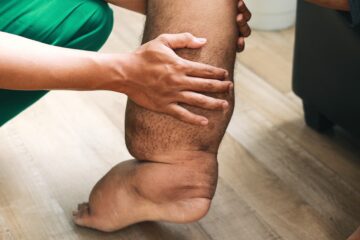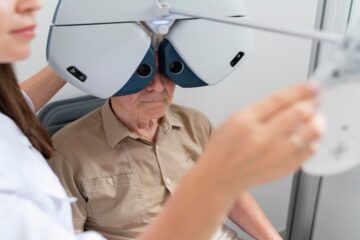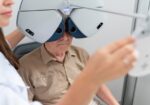Types of Bruxism: Awake and Sleep Bruxism Explained

Bruxism/Clenching is a prevalent oral health concern that affects people of all ages. There are two main types-awake and sleep bruxism. You may visit the dentist office in Aliso Viejo if you have this concern. Now, let’s dive into types of bruxism.
Awake Bruxism
Awake bruxism, as the name suggests, occurs while an individual is conscious. This type of bruxism is characterized by the clenching or grinding of teeth during waking hours. It often occurs involuntarily and is often associated with various daytime activities, such as stress, concentration, or intense emotions.
Characteristics:
- Jaw Clenching: Awake bruxism is frequently marked by the clenching of the jaw muscles, leading to increased tension in the temporomandibular joint (TMJ).
- Daytime Grinding: Grinding of teeth, though less intense compared to sleep bruxism, is a defining feature of awake bruxism. This grinding may be audible or subtle, depending on the individual.
Causes:
- Stress and Anxiety: Emotional stress and anxiety are major triggers for awake bruxism. Increased stress levels during the day can lead to heightened muscle tension, including the jaw muscles.
- Concentration and Focus: Engaging in tasks that require intense concentration, such as working on a computer or reading, can unknowingly prompt clenching and grinding.
- Malocclusion: Poor dental alignment or a misaligned bite can contribute to awake bruxism as the jaw attempts to find a more comfortable position.
Effects on Oral Health:
- Tooth Sensitivity: The repetitive friction of teeth grinding can lead to enamel erosion.
- Jaw Discomfort: Chronic clenching can strain the TMJ, resulting in jaw pain, headaches, and discomfort.
- Muscle Fatigue: The continuous contraction of jaw muscles during awake bruxism can lead to muscle fatigue and soreness.
Sleep Bruxism
Sleep bruxism, on the other hand, occurs during sleep and is often more intense than its awake counterpart. Individuals with sleep bruxism may not be aware of their teeth-grinding behavior until they notice its effects or are informed by a sleeping partner.
Characteristics:
- Rhythmic Grinding: Sleep bruxism is characterized by rhythmic and forceful grinding of teeth. The sounds produced can be loud and disruptive.
- Involuntary Nature: Unlike awake bruxism, sleep bruxism occurs subconsciously and is not under the individual’s control.
Causes:
- Sleep-Related Factors: Sleep disorders such as sleep apnea and snoring can contribute to sleep bruxism, as can factors like sleep arousals or abnormal sleep cycles.
- Neurological Factors: Certain neurological conditions and medications can increase the risk of sleep bruxism.
Effects on Oral Health:
- Dental Damage: The increased force exerted during sleep bruxism can lead to more severe dental damage, including chipped teeth, flattened chewing surfaces, and worn-down enamel.
- TMJ Issues: Intense grinding during sleep can strain the TMJ and surrounding muscles, leading to chronic pain and potential joint disorders.
- Sleep Disruption: Sleep bruxism can disrupt the sleep of both the individual with bruxism and their sleeping partner due to the loud grinding noises.
Understanding the characteristics, causes, and potential consequences of these types of bruxism is essential for individuals seeking to manage their oral health and address any associated issues.















